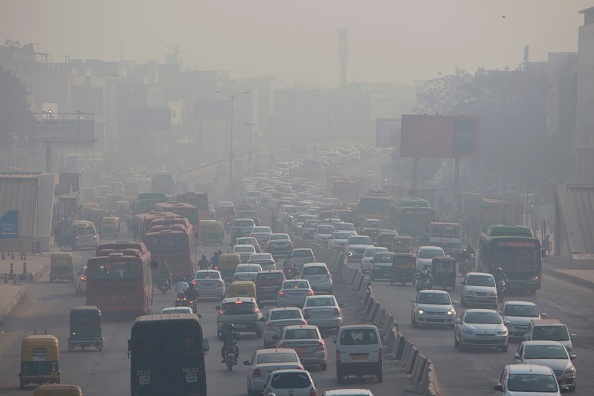Industrial Pollution’s Impact “On The Scale Of Malaria”

Article written by guest writer Kecia Lynn
What’s the Latest Development?
The 2012 World’s Worst Pollution Problems report, published by the Blacksmith Institute and Green Cross Switzerland, reveals that hazardous waste materials impact the health and lives of an estimated 125 million people in developing countries around the world. The report used a common metric to evaluate the overall health burden borne by those who are exposed to toxic industrial pollutants. It showed that in some areas, the public health impact is on the same scale as malaria or tuberculosis. Bret Ericson of the Blacksmith Institute says that the number of people affected “is an extremely conservative estimate.”
What’s the Big Idea?
Stephan Robinson of Green Cross Switzerland says that the increase in mining and resource extraction resulting from the developed world’s demand for electronics is the reason why so many toxic sites exist. Ericson cites the Nigerian state of Zamfara as an example: Lead exposure resulting from crushing gold-bearing rocks in village compounds led to such high child mortality rates that “doctors carrying out vaccinations…were shocked to see so few children.” He also says that nations need to do a better job in terms of finding and using inexpensive ways to avoid toxic pollution.





